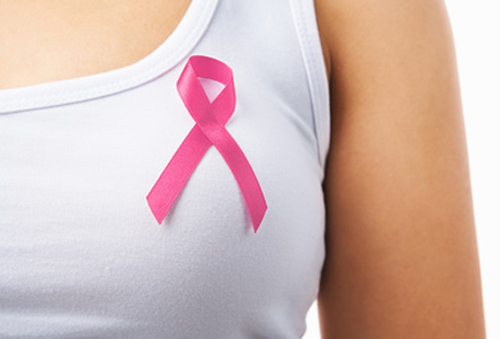
Personalized treatment, guided by the Oncotype DX test, could lower the initial cost of early breast cancer care in the United States by approximately $50 million in the first year of its application, according to a new study published in JNCI. April 24, 2019. The study was conducted by Georgetown Lombardi Comprehensive Cancer Center and examined how the landmark Trial Assigning IndividuaLized Options for Treatment (Rx), or TAILORx, could impact the cost of breast cancer treatment.
That trial studied the efficacy of Genomic Health’s Oncotype DX, a 21-tumor gene expression assay that helps determine the risk of early-stage, estrogen-receptor-positive breast cancer recurring and how likely it is that the patient will benefit from chemotherapy. This is important because chemotherapy only benefits a subset of women, and until now it has been difficult to determine who those are. Side effects of chemotherapy include: nausea, vomiting, hair loss, fatigue, infections, early menopause, and sometimes life-long neuropathy.
In June 2018, results presented at ASCO from the phase III TAILORx clinical trial showed that most women with hormone receptor (HR)–positive, HER2-negative, axillary node–negative early-stage breast cancer and a mid-range (0-25) Oncotype DX Breast Recurrence Score do not need chemotherapy after surgery. That study found no improvement in disease-free survival when chemotherapy was added to hormone therapy in this group, which accounted for about two-thirds of trial participants. That means a lot of women can avoid the side effects of chemotherapy. According to its authors, this was the largest breast cancer treatment trial ever conducted, and the first precision medicine trial ever done.
“Half of all breast cancers are HR-positive, HER2-negative, and axillary node-negative. Our study shows that chemotherapy may be avoided in about 70% of these women when its use is guided by the [OncotypeDx] test…” said lead study author Joseph A. Sparano, MD, associate director for Clinical Research at the Albert Einstein Cancer Center and Montefiore Health System, when the data were presented.
This latest study looked at whether incorporating Oncotype DX into breast cancer treatment also impacted overall costs. The researchers analyzed data on gene testing and chemotherapy use in the National Cancer Institute and Medicare databases before and after the TAILORx results were announced. They used data from Surveillance, Epidemiology and End Results (SEER), SEER-Medicare, and SEER-Genomic Health Inc. datasets to estimate Oncotype DX testing and chemotherapy rates, and mean initial costs pre- and post-TAILORx (in 2018 dollars), assuming all women received Oncotype DX testing and score-suggested therapy post-trial. The study estimated initial diagnosis and treatment cost for women with early stage, hormone positive, HR2-negative, breast cancer that had not spread to the lymph nodes.
Pre-trial mean initial costs were $2.816 billion. Post-trial, Oncotype DX testing costs were projected to increase from $115 million to $231 million, but chemotherapy use to decrease from 25% to 17%, resulting in initial care costs of $2.766 billion, or a net savings of $49 million (1.8% decrease). A small net savings was seen under most assumptions.
This is one of the first, if not the first, studies demonstrating a cost reduction benefit for an actual personalized cancer treatment.











